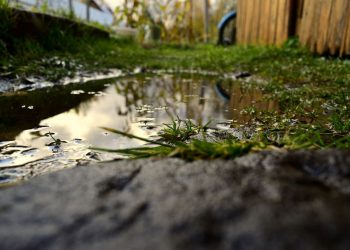Home inspections are most commonly ordered by homebuyers before closing on a home and can also be used by current homeowners who want to learn more about the condition of their property. These home inspection reports are often a dozen pages or more in length, and they contain very detailed information about components that range from the home’s electrical system and plumbing to its foundation and roof.
However, depending on your location and the size of the home, a property inspection may cost several hundred dollars or more. With closer examination of where this money goes, you’ll see that this is a fee well worth paying.
The Tools and Equipment an Inspector Uses
Because a property inspector will walk through every room of the home–most will even examine the roof, basement and foundation–a wide range of tools and equipment is needed to complete the task at hand. Common equipment used by all inspectors includes flashlights, ladders and screwdrivers. Many will also use electrical testers on each outlet in the home, a thermometer to test the heat level in an oven, moisture-testing equipment to look for signs of water leaks, and more. If your property inspector conducts additional tests, a mold test kit, an asbestos test kit, a radon test kit and other tools may also be required.
The Time and Experience Required
Each state has different licensing and certification requirements. Some states require a license renewal with continuing education every year or two. The property inspector must pay to maintain and improve his or her level of education, as well as to remain licensed and insured, in order to complete the task that you’ve asked him or her to do.
In addition, there is value in an inspector’s time. Depending on the size of the home, a typical property inspection may take two to four hours or more to complete. The price you pay for a home inspection will directly relate to how much time the inspector spends at the property, as well as the types of special services provided.
Through a home inspection, you can learn about issues that range from mold growth in the home and a cracked foundation to broken support beams in the attic, wiring issues in the walls and even pest infestation. These and other things that are noted in the report can help homebuyers make a more informed decision about which property to buy. They can also be used to help current homeowners take steps to improve the condition of their home. With how beneficial a property inspection report is, you can see that the fee for an inspection report is well worthwhile.
Source: Brooke Chaplan/RISMedia’s Housecall











